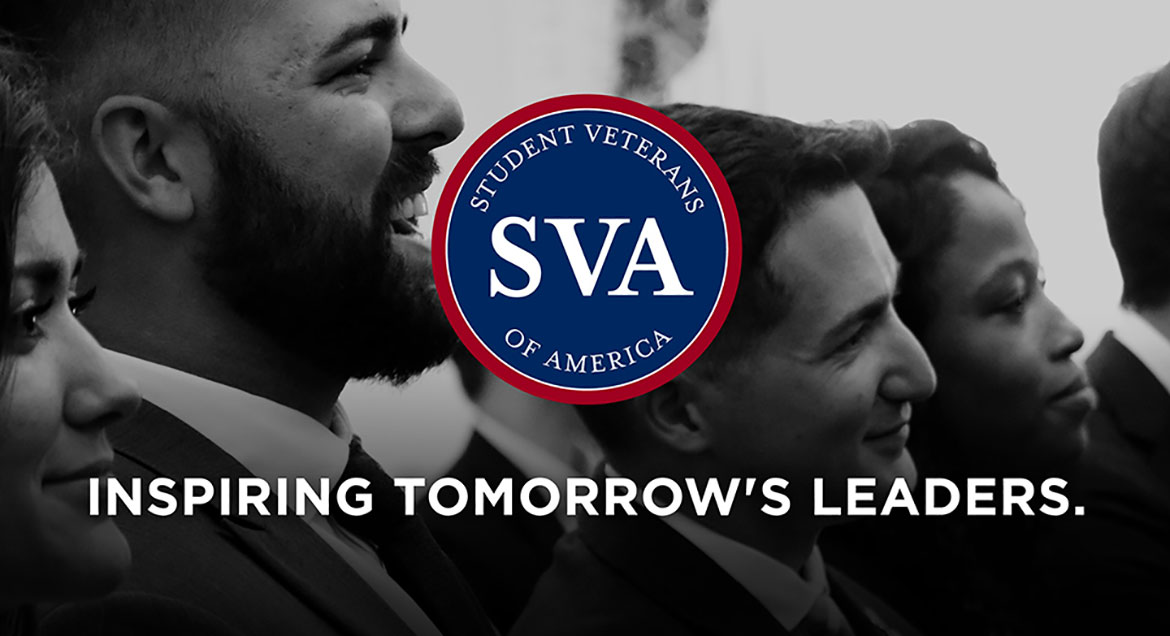Job Information
Queen's Health System RN - Interventional Recovery Unit (Full Time, 36, Night) in Honolulu, Hawaii
RESPONSIBILITIES
I. JOB SUMMARY/RESPONSIBILITIES
Responsible for coordinating clinical care of patient. Integrates all health care providers to ensure high quality patient/family outcomes, and establishes a consistent and accountable relationship with patient/family. Key responsibilities include, but are not limited to, initiation and development of the plan of care, patient/family education, utilization management and discharge planning.
II. TYPICAL PHYSICAL DEMANDS
Essential functions- Continuous: lifting up to 1/2 lb., seeing, hearing, talking, grasping, fingering. Frequent to continuous: standing, walking, stooping, forward reaching, handling. Frequent: pushing and pulling up to 30 psi, lifting up to 10 lbs., sitting, bending. Occasional to frequent: squatting, twisting. Occasional: pushing and pulling up to 70 psi; lifting: horizontal lift/carry up to 75 lbs. with assistance, floor to waist up to 35 lbs., waist to shoulder up to 25 lbs., overhead level up to 15 lbs.; carrying up to 35 lbs, running, climbing, side bending, kneeling, crouching, overhead reaching. Operates various machines/tools/work aids.
III. TYPICAL WORKING CONDITIONS
Inside work. Exposure to body fluids, blood products, and communicable diseases. Work environment may be highly stressful, fast paced and hectic. Assignment to inpatient adult psych areas and Family Treatment Center includes occasionally accompanying patients outdoors. Management of confused/disoriented and combative patients may involve tasks which may compromise physical safety.
IV. MINIMUM QUALIFICATIONS
A. Education/Certification and Licensure:
1.Licensure: Registered Nurse, State of Hawaii
2.Diploma or Associate Degree in Nursing; Baccalaureate Degree in Nursing preferred.
3.Current BLS/HCP card in all areas; ACLS, NALS and/or PALS in designated areas.
4.Ability to read, write, speak and understand English effectively.
SCOPE OF SERVICE
The QET 1 Pre/Post Unit is a 10 bed semi-private outpatient unit. The unit will operate 24 hours a day, 7 days a week.
The QET 1 Pre/Post Unit provides care for Interventional Recovery patients over the age of 14. Most patients in the QET 1 Pre/Post Unit are pre- and post- diagnostic and interventional procedures completed in the Interventional Recovery (IR) and Cardiac Invasive Services (CIS) departments. Common interventional procedures may include, but are not limited to catheter/tube placement (gastrostomy, cholecystectomy, nephrostomy, biliary, etc.), TIPS, pelvic angiogram, Y90 treatment, vascular access (port, CVC, PICC, etc.) placement, diagnostic cerebral angiogram, carotid stenting, neurovascular embolization (AVM, DAVF, MMA, etc.) cerebral spinal fluid (CSF) patching, and tumor embolization. Common cardiac procedures may include, but are not limited to cardiac catheterization, electrophysiology studies (EPS), permanent pacemaker insertion, head upright tilt table testing (HUT), peripheral transluminal angioplasty (PTA), percutaneous transluminal angioplasty, coronary artery stent placements, and cardioversions.
Equal Opportunity Employer/Disability/Vet

